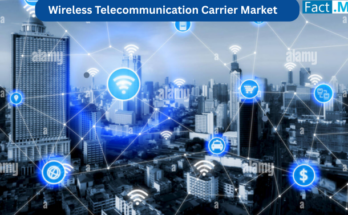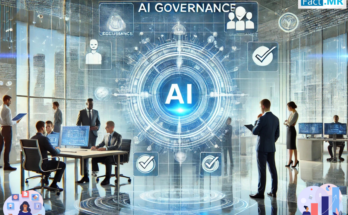An interactive kiosk is a standalone computer terminal that offers users simple access to information, goods, and services. People can interact with the kiosk to receive information, make purchases, or complete transactions when they are in public venues like malls, airports, and hospitals.
Businesses in sectors like retail, healthcare, finance, hospitality, and transportation frequently use interactive kiosks to enhance client experiences, boost productivity, and cut costs. To improve user engagement and happiness, they may include touchscreens, voice recognition, motion sensors, and other cutting-edge technologies.
Interactive kiosks offer several benefits to service providers and optimize the overall cost of businesses by reducing the labor and infrastructure setup. Self-service technologies help customers to attain a service independently, without the involvement of direct service representatives.

Interactive Kiosks are improving customer experience in the retail sector
Interactive kiosks are widely used in the retail industry to improve customer experience and increase sales. Here are some ways interactive kiosks are used in retail:
- Interactive kiosks can provide customers with detailed product information, including specifications, prices, and reviews. This helps customers make informed purchasing decisions.
- Interactive kiosks can be used to enable self-service checkout, reducing the time customers spend waiting in line and improving their overall shopping experience.
- It can also be used as digital signage to display advertisements, promotions, and other relevant information.
- Interactive kiosks can enable customers to place orders for products or services, such as food, drinks, and movie tickets. This helps reduce wait times and improve efficiency.
- Interactive kiosks can be used to sign up customers for loyalty programs, enabling them to earn rewards and discounts on future purchases.
- Interactive kiosks can help to reduce wait times by providing additional points of service, allowing customers to access information and make purchases quickly and easily.
Trends in the Market and Trending Markets
Top-notch technological advancements are helping digital kiosks penetrate faster
Right from the touchscreen that enables user-friendly interaction to the facility of integrated mobile devices the features of these kiosks are amazing. AI technologies such as natural language processing and machine learning are being used to create more sophisticated and intelligent kiosk interfaces that can understand and respond to user input more effectively.
The IoT is enabling kiosks to be connected to other devices and systems, such as sensors and data analytics platforms, to provide real-time data and insights. Cloud computing is enabling kiosk operators to store and access data and applications remotely, making it easier to manage and update kiosks from anywhere. the WiFi kiosks come equipped with big high-definition screens for marketing and advertising or for art. An evolution has been witnessed in WiFi kiosks as a result of the advancements in technology.
What Regional analysis says-
- North America is a prominent region in the interactive kiosk market due to rising demand in the U.S., which is anticipated to expand at a CAGR of 4.5% through 2032.
- China dominates the East Asia market and is likely to hold a market value of around US$ 2.2 Billion in 2022, owing to the high rate of technology adoption
Opportunities in the market
Self-service Kiosk
Self-checkout kiosks have become increasingly popular in grocery stores, allowing customers to scan and pay for their items without the need for a cashier. This reduces wait times and improves efficiency for both customers and retailers. Self-service kiosks are used in healthcare facilities to improve patient experience and reduce administrative tasks for staff. For example, patient check-in kiosks allow patients to check in for appointments, fill out paperwork, and update their information without needing to interact with a receptionist.
Integrated AI and AR
Kiosks will be used for more applications in the future, such as virtual try-ons, augmented reality (AR) experiences, and real-time data analytics. Kiosks will incorporate AI technologies such as natural language processing, computer vision, and machine learning to create more intelligent and intuitive interfaces.
Sustainability
Kiosks will be designed with more sustainable materials and processes and will incorporate energy-efficient technologies to reduce their environmental impact. This can be achieved by using LED displays, low-power processors, and sensors that detect when the kiosk is not in use and turn off the display or put the kiosk in sleep mode
Challenges Ahead of Manufacturers
Despite of plethora of opportunities awaiting innovations by manufacturers the challenges faced by them at present are crucial. These companies have been focusing on the resolution of the following issues to enhance consumer experience-
- Integration with Existing Systems: Interactive kiosks must be integrated with existing systems, such as point-of-sale (POS) or inventory management systems, to ensure seamless operation. However, integration can be challenging due to the complexity of existing systems and the need to ensure compatibility with various hardware and software components.
- Cost: Interactive kiosks can be expensive to develop and deploy, which can be a barrier to entry for some businesses. However, the cost can be offset by the benefits of increased efficiency and improved customer experience.
With a focus on personalization, mobility, sustainability, security, and interaction with emerging technology, the future of interactive kiosks appears to be bright overall. We may anticipate more inventive and imaginative uses for interactive kiosks across a range of sectors as technology advances.



